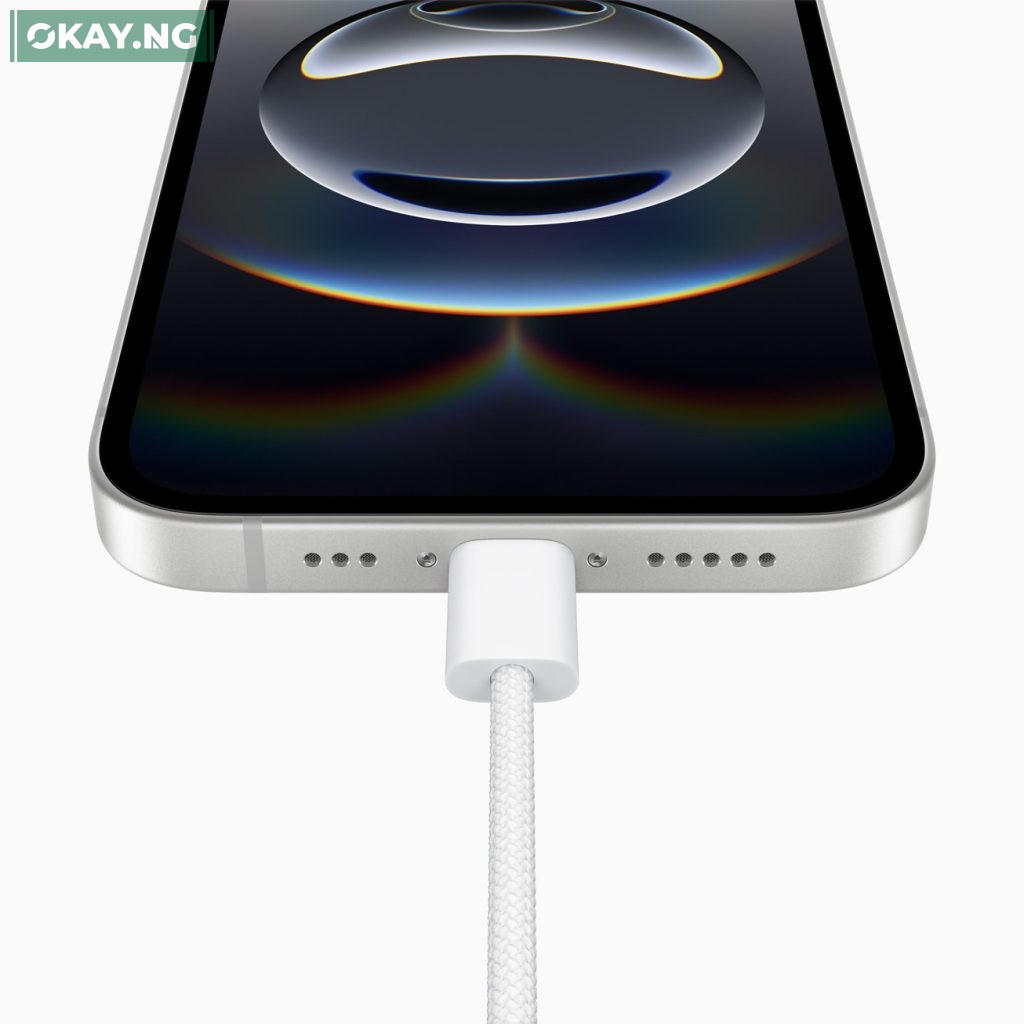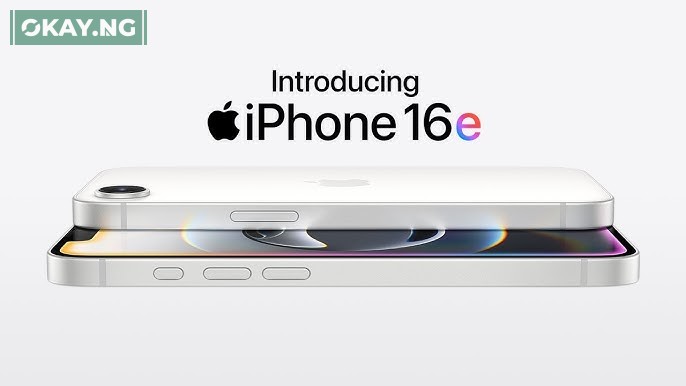Apple has officially unveiled the iPhone 16e, a budget-friendly addition to the iPhone 16 lineup. This new device brings Apple’s A18 chip, Apple Intelligence support, and a custom-designed C1 modem for 5G connectivity.
However, it also comes with several trade-offs compared to the standard iPhone 16 and iPhone 16 Plus.
In this comprehensive guide, we’ll break down the key features, specifications, and differences of the iPhone 16e, helping you decide whether it’s the right upgrade for you.
iPhone 16e Key Features at a Glance
Here are some of the standout features of the iPhone 16e:
- A18 chip with 4-core GPU (instead of the 5-core GPU found in other iPhone 16 models).
- Apple Intelligence support, enhancing AI-driven functionalities.
- Custom-designed C1 modem for improved 5G connectivity.
- 128GB base storage, a notable upgrade from the 64GB starting option in the iPhone SE.
- Action button with Visual Intelligence support.
- Lacks MagSafe support, limiting compatibility with Apple’s MagSafe accessories.
- Limited to Wi-Fi 6 (whereas the iPhone 16 supports Wi-Fi 7).
- No Ultra Wideband (UWB) chip, meaning no Precision Finding support.
- Physical SIM slot only available outside the U.S., with U.S. models supporting only eSIM.
- Pre-orders start Friday, February 21, 2025, with official release on February 28, 2025.
1. No MagSafe Wireless Charging or Accessories
Unlike the iPhone 16 and iPhone 16 Plus, the iPhone 16e does not support MagSafe wireless charging or MagSafe accessories. This means you won’t be able to use Apple’s MagSafe battery packs, magnetic wallets, or other snap-on accessories that enhance convenience.
Instead, the iPhone 16e will rely on standard Qi wireless charging and wired USB-C charging.

Why It Matters
- If you’re used to MagSafe accessories, you’ll need to switch to traditional wireless chargers.
- Charging speeds may be slower compared to MagSafe-enabled iPhones.
2. A18 Chip with a 4-Core GPU
Apple’s A18 chip powers the iPhone 16e, but it comes with a 4-core GPU instead of the 5-core GPU found in the iPhone 16 and 16 Plus. This means you might notice slightly lower graphical performance in gaming and intensive tasks.
How It Affects Performance
- The A18 chip is still incredibly powerful, offering smooth performance for daily use.
- Gamers and power users may prefer the standard iPhone 16 for better GPU performance.
3. Base Storage Starts at 128GB
The iPhone 16e starts with 128GB of storage, which is an upgrade from the 64GB base storage of the iPhone SE. This makes it a better option for users who need more space for apps, photos, and videos.
Storage Options
- 128GB (Base Model)
- 256GB (Upgraded Option)
Why It Matters:
- More storage means less reliance on cloud storage.
- The 64GB storage limit on the iPhone SE often forced users to upgrade.
4. No Dedicated Camera Control Button
Unlike the iPhone 16 Pro models, the iPhone 16e does not have a physical Camera Control button. However, Apple has added Visual Intelligence support via the Action button, allowing users to quickly access AI-powered camera features.
What This Means
- You won’t get a dedicated Camera Control button, but the Action button can still be customized for camera shortcuts.
- AI-powered features like Smart HDR and Auto Enhance are available.
5. No Ultra Wideband (UWB) Support
The iPhone 16e lacks the Ultra Wideband chip, which means no Precision Finding for AirTags. If you frequently track items with AirTags, your phone may not offer the most accurate location tracking.
Who This Affects
- If you rely on Apple’s Find My network, you may want to consider the iPhone 16 instead.
- AirDrop transfers between Ultra Wideband-enabled devices will be slower.
6. Lower Display Brightness
The iPhone 16e features a display with a maximum brightness of 800 nits for standard content, compared to 1,000 nits on the iPhone 16. This means the iPhone 16e’s screen may not be as bright in outdoor conditions.
Display Comparison
| Model | Standard Brightness | Peak HDR Brightness |
|---|---|---|
| iPhone 16e | 800 nits | 1,200 nits |
| iPhone 16 | 1,000 nits | 1,600 nits |
7. Limited to Wi-Fi 6
The iPhone 16e only supports Wi-Fi 6, while the iPhone 16 supports the latest Wi-Fi 7 standard. This means Wi-Fi performance and speeds may be slightly slower on the 16e, especially in homes with Wi-Fi 7 routers.
Key Differences
- Wi-Fi 6: Good speeds, but less future-proof.
- Wi-Fi 7: Offers faster speeds and lower latency.
If fast Wi-Fi performance is a priority, you may want to opt for the iPhone 16 instead.
8. eSIM Only in the U.S.
The iPhone 16e does not have a physical SIM card slot in the United States. Instead, users must use an eSIM, which allows them to switch carriers digitally.
However, iPhone 16e units outside the U.S. will still have a SIM card slot.
What This Means
- If you frequently switch SIM cards, the lack of a physical SIM slot in the U.S. may be inconvenient.
- For international travelers, eSIM support may be limited in certain countries.
Pricing and Availability
Apple has announced the iPhone 16e will be available for pre-order on Friday, February 21, 2025, with an official launch on Friday, February 28, 2025.
Expected Price Range
- 128GB Model – Starting at $699.
- 256GB Model – Starting at $799.
Final Thoughts: Should You Buy the iPhone 16e?
The iPhone 16e is a solid budget-friendly option for those who want Apple’s latest features at a lower price. However, it cuts back on several key features, including MagSafe support, Ultra Wideband, and Wi-Fi 7.
Who Should Buy the iPhone 16e?
- Budget-conscious Apple users who want A18 performance.
- Users upgrading from older iPhones (iPhone 12, SE, or earlier).
- Those who don’t rely on MagSafe or Precision Finding.
Who Should Skip the iPhone 16e?
- Users who need MagSafe compatibility.
- Gamers and power users who want better GPU performance.
- Frequent travelers who need a physical SIM slot in the U.S..









